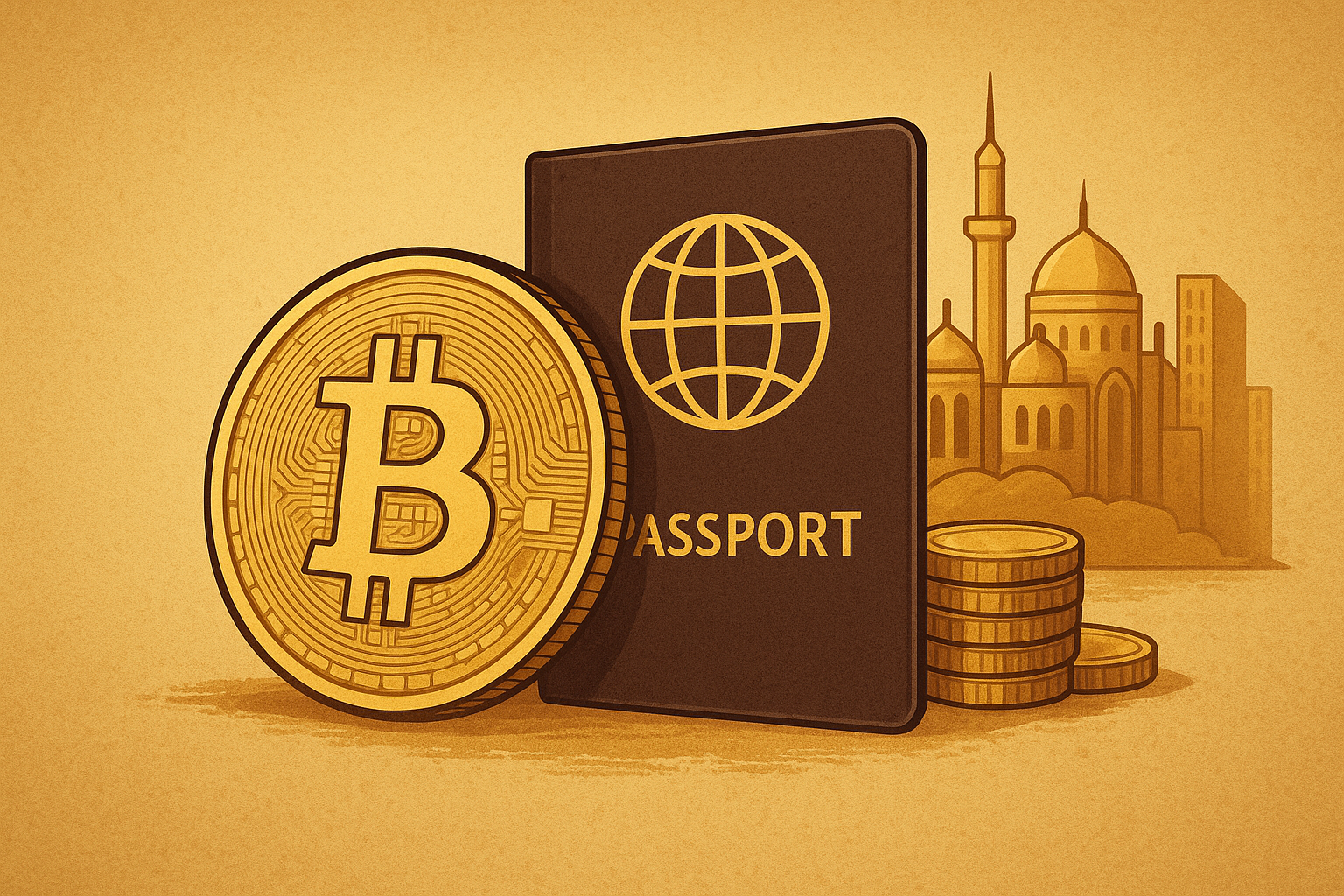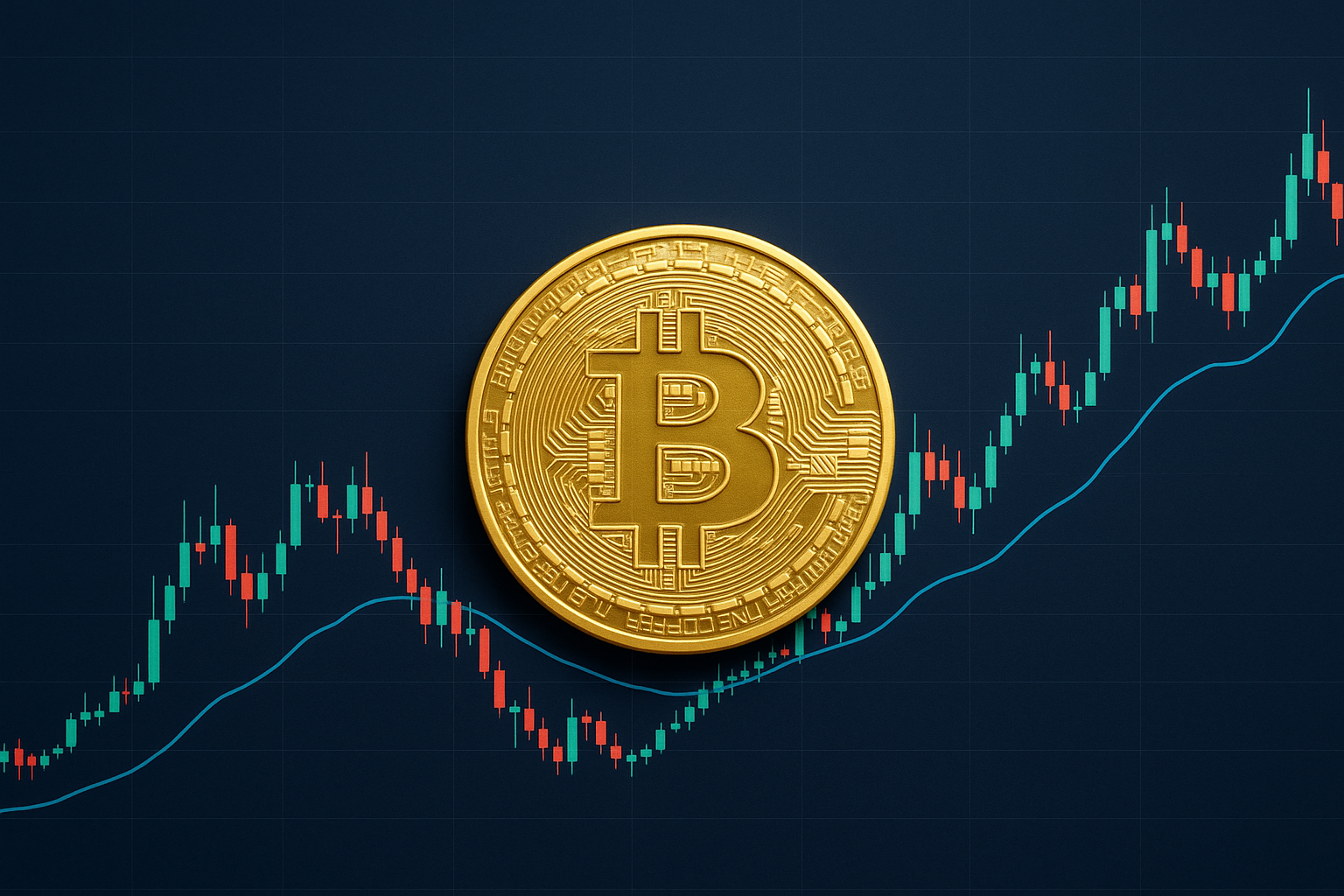Cryptocurrency has emerged as a transformative force in the financial world, but it’s also making waves in the realm of creative expression. The fusion of cryptocurrency and art, often referred to as “CryptoArt,” represents a captivating intersection of technology and creativity. In this article, we’ll explore the intriguing world of CryptoArt, how it’s changing the way artists and collectors perceive art, and its potential impact on the art market.
The Birth of CryptoArt
The concept of CryptoArt began with the creation of unique digital assets known as non-fungible tokens (NFTs). NFTs are cryptographic tokens that represent ownership of a unique item or piece of content. These tokens are stored on a blockchain, a decentralized and immutable digital ledger, ensuring the authenticity and provenance of the associated item. The most remarkable aspect of NFTs is that they have the potential to represent digital art, music, virtual real estate, and more, and can be bought, sold, and traded like physical assets.
Unique Ownership and Digital Scarcity
In the world of art, scarcity often increases the perceived value of an artwork. NFTs introduce the concept of digital scarcity to the art world, providing artists with a new way to monetize their creations. By tokenizing their digital artworks, artists can offer unique, verifiable ownership of a piece in the digital realm. Collectors, in turn, can have the confidence of owning an original digital creation, secured by blockchain technology.
Blurring the Lines Between Physical and Digital Art
One of the most intriguing aspects of CryptoArt is its ability to blur the lines between physical and digital art. Traditionally, digital art was often considered less valuable than physical art because it could be easily replicated. With NFTs, digital artists can create unique, limited-edition digital art pieces that collectors can truly own. This is reshaping the value proposition for digital art and expanding its place in the art market.
Creating Digital Scarcity
Artists often limit the number of editions for their digital artwork, creating true scarcity. For instance, an artist might choose to release only ten editions of a particular digital painting. Each edition is represented by an NFT, and once all ten are sold, no more can be created. This not only gives a sense of rarity to the art piece but also encourages collectors to consider these digital assets as investments.
Renowned Artists and the CryptoArt Movement
The CryptoArt movement has attracted artists from various disciplines, including painters, digital artists, musicians, and even filmmakers. Some renowned artists, like Beeple (Mike Winkelmann), have made headlines by selling NFT-based artworks for millions of dollars. Beeple’s artwork “Everydays: The First 5000 Days” was sold at auction for a staggering $69 million, marking a watershed moment for the CryptoArt world.
Blockchain Technology and Provenance
Blockchain technology plays a crucial role in the CryptoArt ecosystem. It ensures the provenance of digital artworks by recording each transaction and transfer of ownership on an immutable ledger. This transparency and traceability can be instrumental in proving the authenticity of an artwork, helping to combat issues like art forgery.
Challenges and Controversies
While CryptoArt is undoubtedly exciting, it is not without its challenges and controversies. Some of the issues facing the CryptoArt space include:
1. Environmental Concerns: The energy consumption of blockchain networks used for NFTs has raised environmental concerns. Many blockchain networks rely on energy-intensive proof-of-work consensus mechanisms, such as Ethereum, which have a carbon footprint. This issue has led to discussions about transitioning to more eco-friendly blockchain solutions.
2. Copyright and Plagiarism: The decentralized nature of blockchain makes it challenging to enforce copyright and prevent unauthorized duplication of digital art. Issues related to plagiarism and copyright infringement can be complex to address in the CryptoArt space.
3. Speculation and Bubble Worries: Some experts warn of a speculative bubble in the CryptoArt market. Prices for NFT-based artworks have soared, leading to concerns that the market might not be sustainable in the long term.
The Future of CryptoArt
Despite the challenges, CryptoArt is on an upward trajectory. The fusion of cryptocurrency, blockchain technology, and creative expression has opened new doors for artists and collectors. In the future, we can expect to see:
1. Increased Integration: More artists from diverse disciplines will embrace CryptoArt, further blurring the lines between the physical and digital art worlds.
2. Blockchain Innovations: Blockchain technology will continue to evolve, offering more sustainable and efficient solutions for the CryptoArt space, potentially alleviating some of the environmental concerns.
3. Mainstream Recognition: As high-profile sales and exhibitions continue to make headlines, CryptoArt will likely gain more recognition and acceptance within the traditional art world.
4. Exploration of New Mediums: Artists will continue to experiment with different mediums, including virtual reality and augmented reality, pushing the boundaries of what is possible in the CryptoArt space.
In conclusion, CryptoArt is a dynamic and captivating movement that has the potential to reshape the art world. It offers artists a new platform for creative expression and collectors a novel way to own and appreciate art. As technology and the art market continue to evolve, CryptoArt will play an increasingly significant role in shaping the future of the creative and financial landscape.












